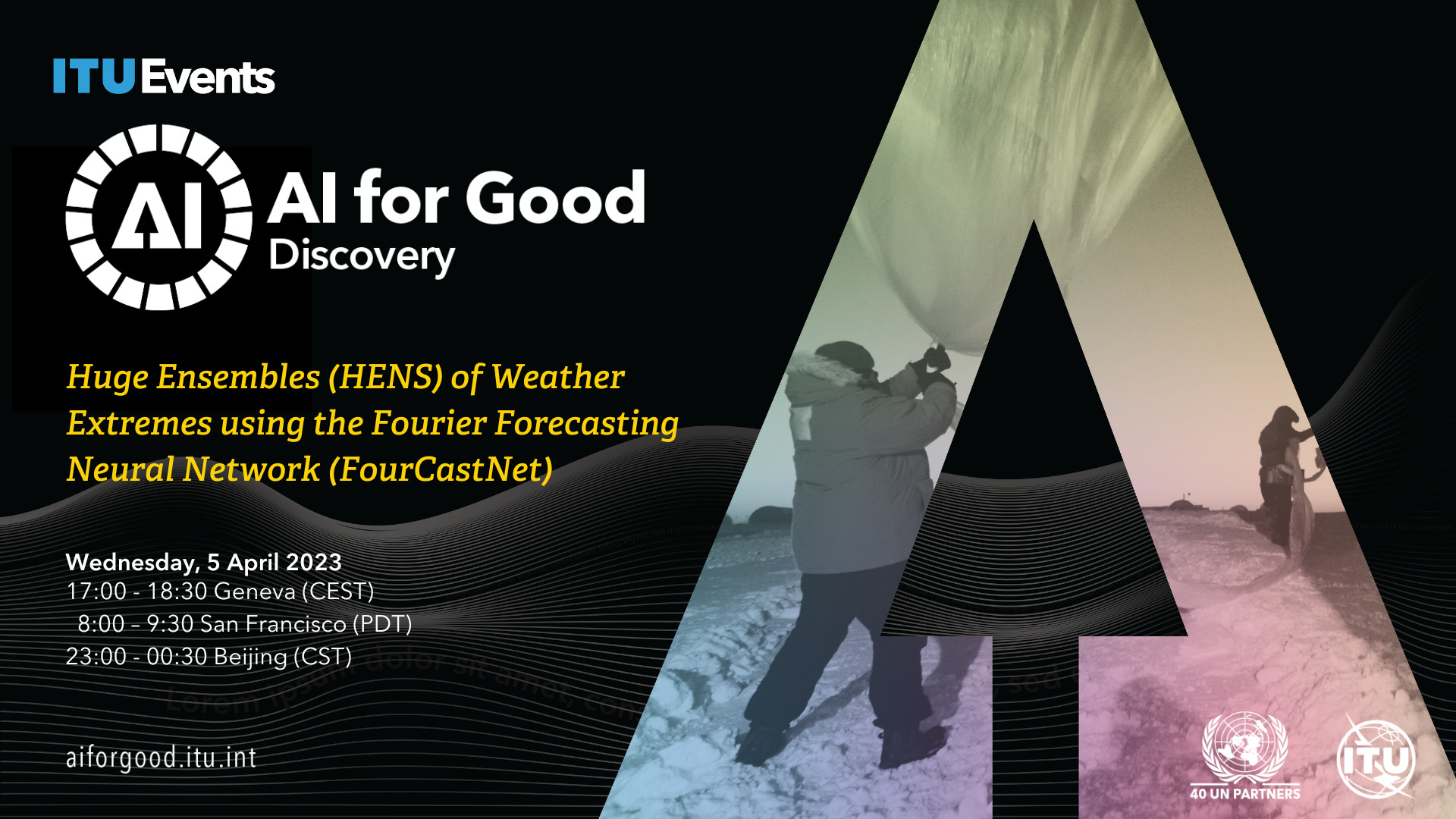
By Lucas Hargreaves
Large Language Models (LLMs) Redefining Forecasting Accuracy
Large language models (LLMs) have been making waves in various fields, showcasing their prowess in tasks ranging from marketing to medical analysis. The advancement of LLMs has rendered traditional benchmarks outdated, leading to a need for new evaluation methods to discern between deep comprehension and mere memorization.
According to the Gemini Team at OpenAI, assessing the true reasoning capabilities of LLMs requires tests that go beyond their training data, pushing them to generalize effectively. This ability is crucial for ensuring accurate assessments and applications across different contexts, including chat interfaces.
“LLMs demonstrate significant applicability across chat interfaces and various other contexts, showcasing a level of coherence previously thought to be achievable only by human cognition.”
The Power of LLM Ensembles
Recent studies by researchers from MIT and other institutions have delved into the potential of LLM ensembles to enhance forecasting accuracy. In Study 1, an ensemble approach utilizing twelve LLMs was employed to predict outcomes for 31 binary questions. These aggregated LLM predictions were compared to forecasts from 925 human participants in a three-month forecasting tournament. Surprisingly, the LLM ensemble not only outperformed a no-information benchmark but also matched the performance of the human forecasters.
In Study 2, the focus shifted to enhancing LLM predictions by incorporating human cognitive output, particularly concentrating on models like GPT-4 and Claude 2. By leveraging a within-model design, researchers collected pre- and post-intervention forecasts to analyze the impact of human predictions on LLM accuracy.
Bridging the Gap with Human Collaboration
The results of these studies were illuminating. In Study 1, the comparison of 12 diverse LLMs with human forecasters revealed statistical equivalence in predicting binary outcomes. Study 2, which concentrated on GPT-4 and Claude 2, showed that exposure to human crowd forecasts significantly improved model accuracy and narrowed prediction intervals. This adjustment based on human benchmarks led to a noticeable enhancement in prediction quality.
“The study demonstrates that when LLMs harness collective intelligence, they can rival human crowd-based methods in probabilistic forecasting, offering practical benefits for real-world applications.”
Implications for Decision-Making
The collaborative approach of combining simpler models in LLM ensembles not only showcases the potential of AI-human synergy but also opens up new possibilities for decision-makers. By equipping them with accurate forecasts in areas like politics, economics, and technology, LLM ensembles pave the way for broader societal use of AI predictions.
In conclusion, the research by MIT and other institutions sheds light on the transformative power of LLM ensembles in reshaping forecasting accuracy. By leveraging the collective intelligence of LLMs and human forecasters, these ensembles offer a promising path towards more reliable and insightful predictions in various domains.
 Image for illustrative purposes
Image for illustrative purposes















